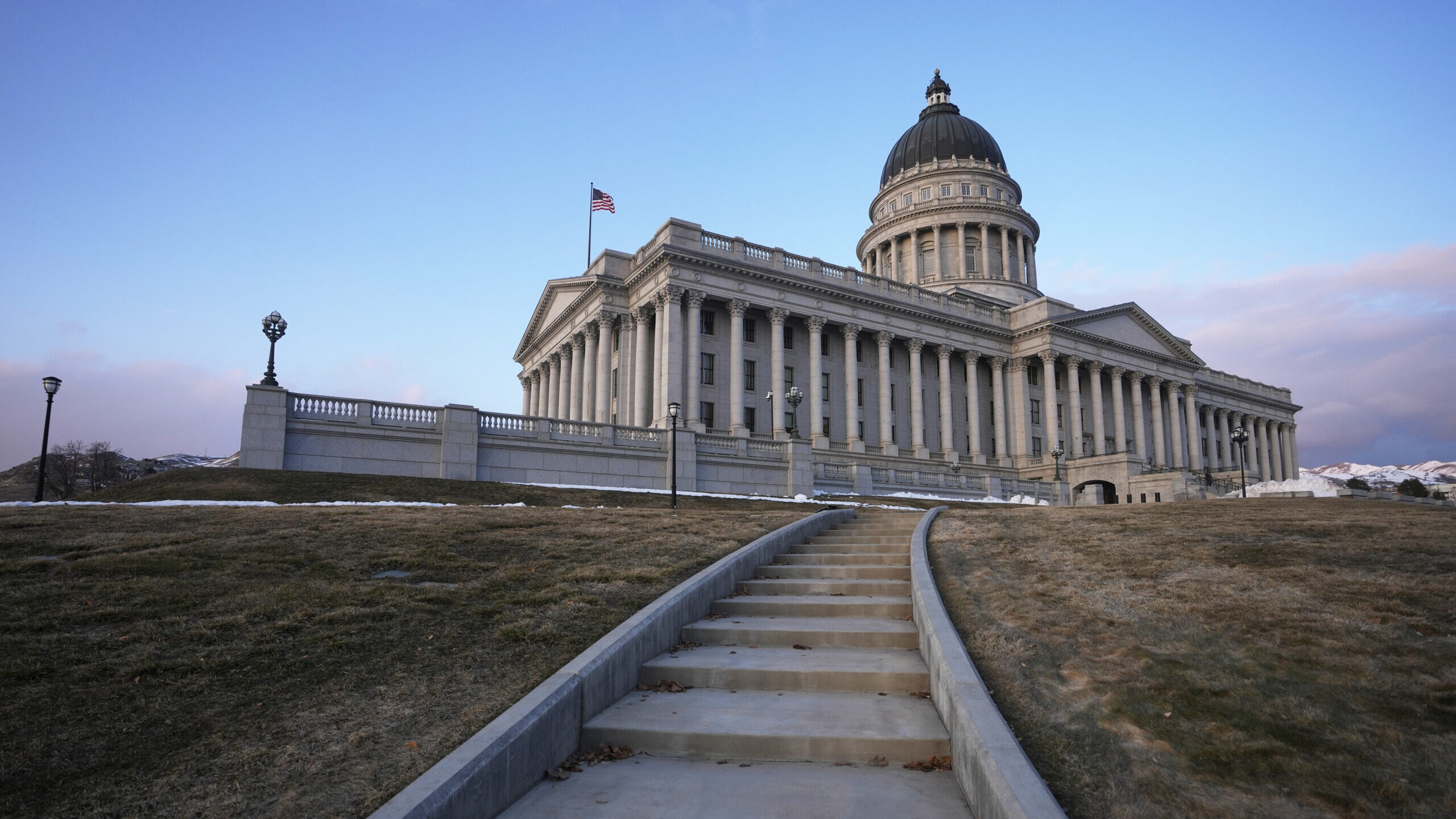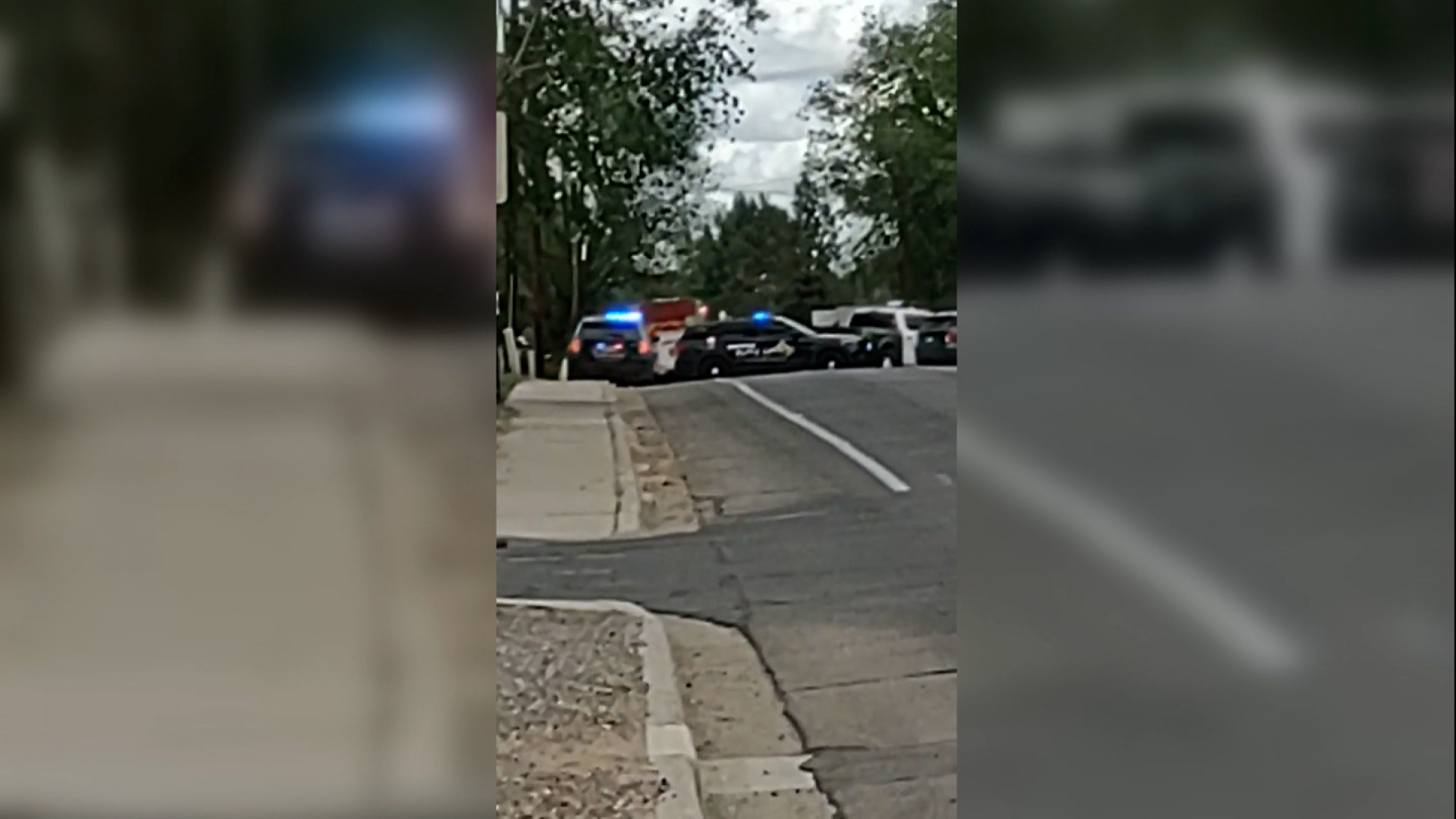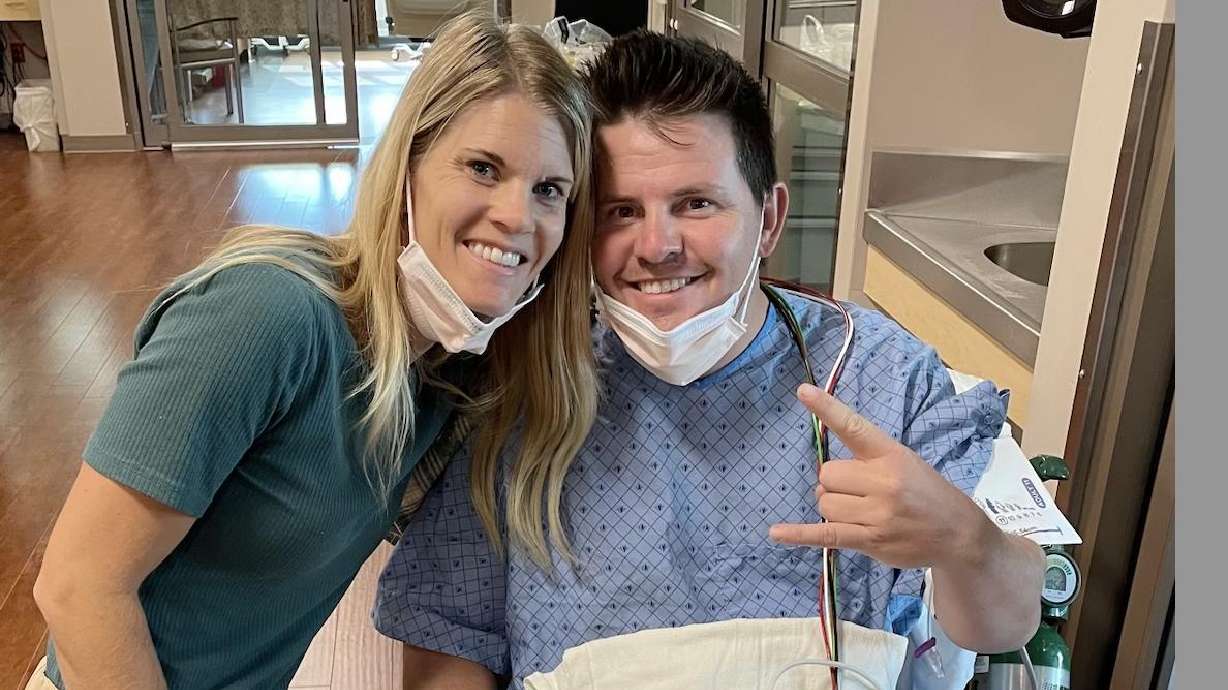ALL NEWS
US Census Bureau using aerial tech to help with 2020 count
Jun 23, 2019, 1:28 PM

Photo Credit: Getty Images
ALBUQUERQUE, N.M. (AP) — The U.S. Census Bureau is using new high-tech tools to help get an accurate population count next year as it faces challenges tallying people of color who live in remote places and can be wary of the federal government.
The agency is using aerial images of rural communities and hard-to-reach areas to verify addresses and determine where to send workers to ensure everyone is counted, Census Bureau Director Steven Dillingham said.
Satellites and planes take photos, and bureau employees compare the housing captured in the images to digital maps from the last census, in 2010. It takes a fraction of the time needed by workers in the field.
The agency has used geographic technology since 1990 but has never had access to such accurate tools from the air, said Deirdre Dalpiaz Bishop, head of the bureau’s geography division.
That technology — known as a geographic information system, or GIS — uses computers to analyze neighborhoods, land formations, rivers and other data captured by satellites or traditional mapping.
The new technology to improve the census comes amid concerns that tribal areas and communities of color may be undercounted in the every-10-year tally that determines the amount of federal money states receive and whether they gain or lose U.S. congressional seats.
The U.S. Supreme Court is deciding whether the Trump administration can add a citizenship question to the 2020 census, which opponents say would suppress the count of immigrants who fear revealing their status to federal officials.
The Census Bureau also is facing criticism for planning internet and telephone questionnaires, which advocates say would be more likely to overlook rural areas without reliable communication infrastructure.
Steven Romalewski, director of the City University of New York’s Mapping Service, said the criticism is fair but credited the Census Bureau for using its geographic and aerial technology to gather needed data about the most difficult populations to count.
“The technology alone is no guarantee that you will have an accurate count,” said Romalewski, who is mapping “hard to count” communities ahead of the census. “But if you leverage data with satellite imagery, you have the best information before you.”
That’s what census employees intend to do while avoiding the political battles, Dillingham said.
“The culture of the census dictates us to be impartial,” the bureau director said during a recent trip to New Mexico, which has one of the most difficult populations to accurately count.
The state has a sizable Native American population and the highest percentage of Hispanic residents in the nation. Bishop said the technology will especially help such areas that have struggled for accurate counts.
Another is Mississippi’s majority-black Bolivar County, where only 59.7% of households mailed back their 2010 census questionnaire, according to CUNY’s Center for Urban Research.
The national rate was 74% in 2010, according to a Census Bureau news release.
The bureau began using the new imagery technology in 2013, Bishop said. Employees have been double- and triple-checking satellite images and those captured by the Department of Agriculture’s National Agriculture Imagery Program during the growing seasons in the continental U.S.
Around 100 technicians are able to examine the entire nation with satellite and aerial images while sitting at their computers. They are assigned specific neighborhood blocks and look for growth and decline in the number of residential buildings by comparing images from 2009 to the present.
Two hours of canvassing in the field during the 2010 census now takes less than two minutes in the office, the bureau said.
“With that information, we can then decide to use our staff more efficiently” to knock on doors of homes that did not respond to online or phone questionnaires, Bishop said.
The bureau gave a demonstration of the new technology at the conference early this year. Employees showed how they could analyze county subdivisions on maps by looking up a certain percentage of Spanish speakers or those making a certain amount of money.
The specific addresses pinpointed by the aerial imagery are largely kept private, but can be shared with some tribal and city governments to help create boundaries and zoning areas, Bishop said. After a certain period, the information has to be destroyed, she said.
The head of the Census Bureau came to New Mexico last month for a firsthand look at the struggle to count people who live in far-flung places where the new technology could help.
Dillingham and a group from the Navajo Nation ventured along a winding dirt road through mesas and small canyons to the home of Daniel Piaso, about 12 miles (19 kilometers) west of To’Hajiilee, New Mexico.
Dillingham tried to ask Piaso, who speaks only Navajo, about the dwellings on his property. A confused Piaso responded with help from an interpreter.
Arbin Mitchell, a tribal partnership specialist with the U.S. Census Bureau, said elders like Piaso are most at risk of missing out.
“They do not trust strangers who might approach them asking questions about the census,” Mitchell said.
U.S. Sens. Martin Heinrich and Tom Udall, both New Mexico Democrats, wanted Dillingham to see the challenges of counting rural and poor populations with little to no internet access.
“We have a lot of concerns, so we are doubling down to get the message out to people about how important the census is,” Heinrich said.
___
Russell Contreras is a member of The Associated Press’ race and ethnicity team. Follow him on Twitter at http://twitter.com/russcontreras .













